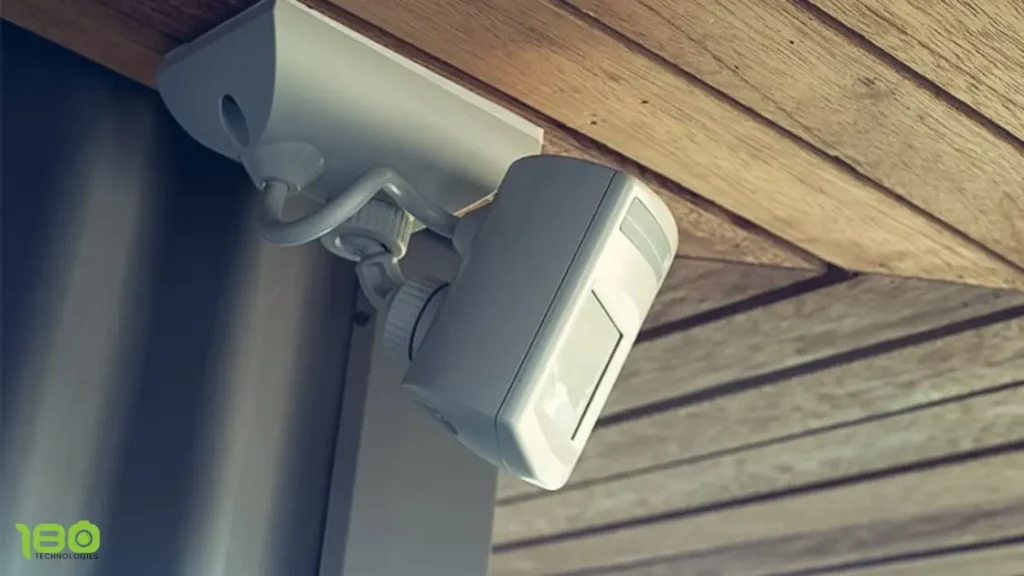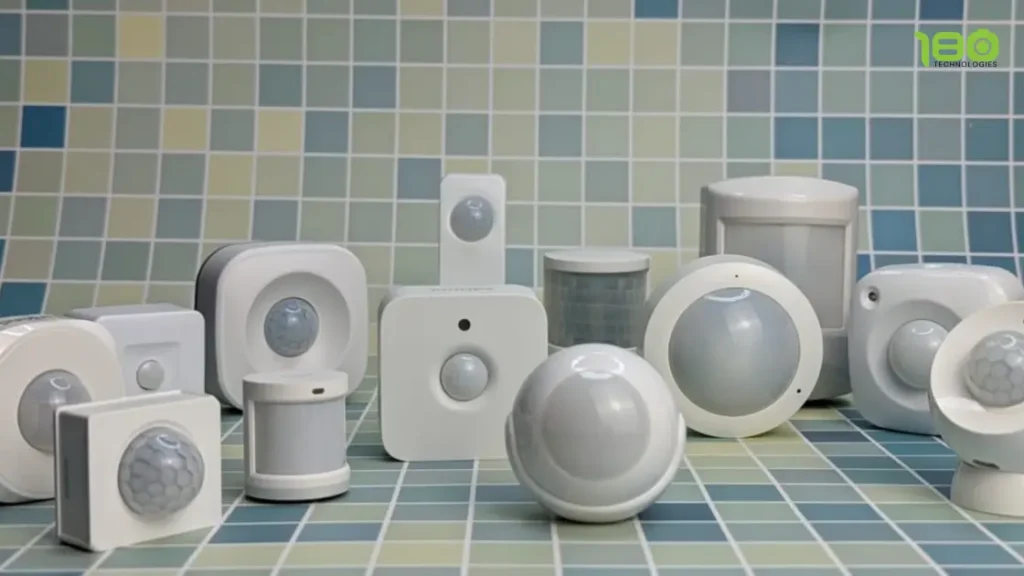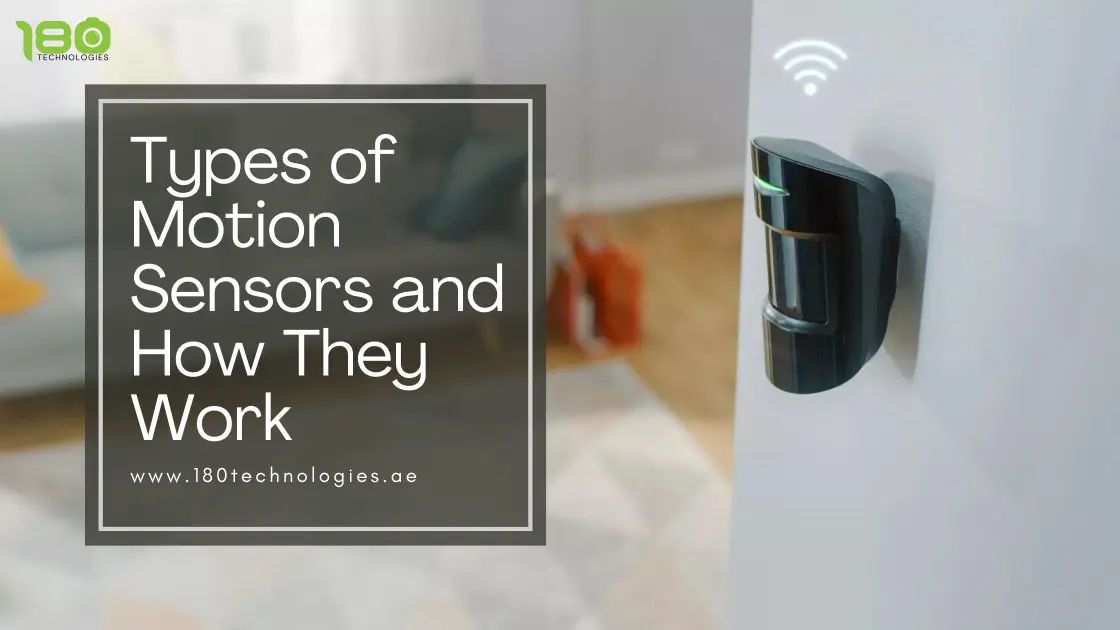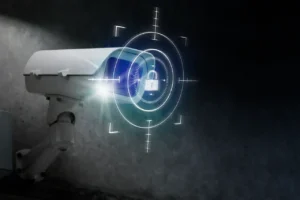Motion sensors in smart homes are crucial for enhancing security, energy efficiency, and convenience. These sensors detect movement within a specific area and can trigger actions like turning on lights, adjusting thermostats, or sending security alerts.
By automating these responses, motion sensors help create a more responsive and efficient home environment, reducing energy waste and increasing safety for residents. They can also be integrated with other smart devices, enabling seamless control and monitoring through smartphones or home automation systems.
You must be well aware of home automation and the various benefits it possesses. From convenience to enhanced security, there is a wide variety of smart devices in the market that facilitate the perfect automation of your daily needs. But can you name a feature that is integral for almost every form of automation to be successful? Well, it is motion-sensing technology.
Motion sensors are devices that detect the movement or occupancy of objects in a specific area. Here, objects mainly refer to people, and motion sensors notify us when any kind of movement happens within their reach.
Even though motion sensors are generally considered security devices that sense and notify break-ins or burglary attempts, they have a whole lot of advantages in home automation. They are an important element in ensuring energy efficiency through smart lighting control, smart home theatre systems, temperature control, and much more.

Types of Motion Sensors
Motion sensors enhance the different levels of your smart home ranging from convenience and energy efficiency to total security. Many types of motion sensors are available in the market which have their own peculiarities and specific uses. We will have a look at some of them.
Passive Infrared (PIR) Sensor
PIR sensors are made of a thin pyroelectric film that responds to infrared radiation by producing electricity. This electricity will activate burglar alarms and notify us about the movement inside the house. PIR sensors are long-lasting, cost-effective, and energy-efficient, and are commonly used in indoor alarms.
Microwave Sensors
These sensors emit microwave pulses to detect movement by identifying whether these pulses reflect off objects. Even though they are very sensitive, they consume a lot of power. Thus, microwave sensors are designed to turn on and off as a cycle. But you should be aware of the cycles to ensure maximum efficiency. Microwave sensors are used in modern-day electronic guards for maximum security.
Ultrasonic Sensors
Ultrasonic sensors are of two types – active and passive. Passive sensors detect specific sounds like glass breaking, metal-on-metal, etc. Being highly sensitive, they are very expensive and prone to fake alarms. Active sensors produce ultrasonic wave pulses to detect movement by looking for waves reflecting off from objects. But these sensors are not animal-friendly as animals can detect ultrasonic signals and they get really irritated with it.
Tomographic Sensors

Tomographic sensors generate radio waves to sense movement in vast interiors. They are designed to sense motion in large areas and can do the same beyond the walls and objects in an area. Tomographic sensors are mostly used in commercial areas like storage units, warehouses, etc as they are very expensive. If you are a business that requires maximum security to large storage areas and warehouses, you may connect with a reliable home automation company in Dubai to set up quality tomographic sensors.
Combined Motion Sensors
Some high-end motion detectors are incorporated with different types of sensors to minimize fake alarms and maximize the level of security. But they are activated when all sensors detect movement. For example, in a dual PIR and microwave sensor, the passive infrared will detect movement first as it needs very little energy. Then, the microwave sensor will also be turned on and if it also detects motion, the alarm will go off.
Such combined sensors avoid fake alarms and improve the efficiency of the security systems. Thus, you will not be disturbed with irrelevant detections often. But their very mechanism can very often restrict the alarm from going off even when there is a security threat. This happens when one of the sensors detects movement, but the other one does not.
As we have seen, there are a wide variety of motion sensors that function based on different technology. According to the type of area to be secured and the level of security you are looking for, choose the right kind of sensor to have maximum impact.






